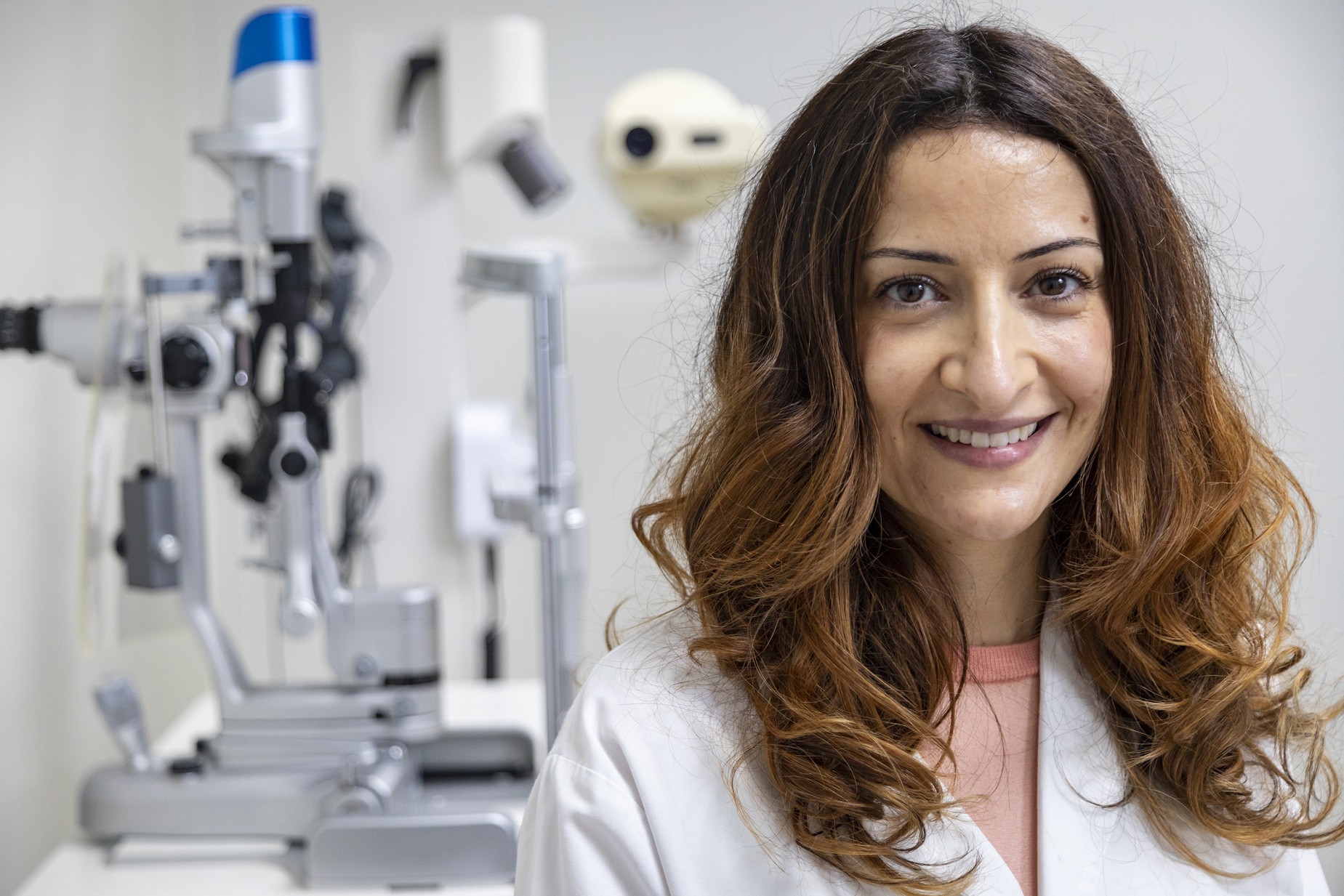
The REALITY study is an observational registry of patients with LHON designed to evaluate the natural history of the three most common disease-causing mitochondrial DNA (mtDNA) mutations and the factors that influence visual outcome. The study, published in the official journal of the Royal College of Ophthalmologists, involved 11 centers in the United States and Europe, including ICR, which was the only representative from Spain. Dr. Lorena Castillo, head of the ICR Department of Neurophthalmology, was one of the LHON specialists who participated in this study on the natural history of LHON.
Leber’s hereditary optic neuropathy (LHON), also known as Leber’s optic atrophy (LOA), was discovered in 1871 by Dr. Theodore Leber. It usually causes severe vision loss in both eyes. In most cases, it starts affecting one eye and, after a few weeks or months, affects the second eye. Its progression is rapid, with 80% of patients affected by LHON ending up legally blind one year after the onset of symptoms. Spontaneous partial visual recovery is rarely reported in the literature.
It is the most common hereditary optic neuropathy, its cause is a mitochondrial mutation and its prevalence is low, estimated at 1 per 37,000 inhabitants. It usually affects young males between 15 and 35 years of age, although it can also affect younger children and adults over 35 years of age. In women it has a much lower incidence.
To qualify for inclusion in the study, patients were required to have a diagnosis of LHON confirmed by genotyping for one of the three primary mutations (m.11778G> A in ND4, m.3460G> A in ND1 and m.14484T> C in ND6). Forty-four patients with LHON were included in the study; 27 (61%) carried the ND4 mutation, 8 (18%) carried the ND1 mutation and 9 (21%) carried the ND6 mutation. The included patients were between 4 and 71 years old at the onset of vision loss.
In addition, patients were included only if they had undergone at least two visual function assessments, performed at any time between the first and third year after the onset of vision loss. There was no age restriction and patients could have received idebenone or any other treatment. The primary source of demographic and clinical data was the medical records of enrolled patients.
The two most important predictors of visual outcome in LHON are the underlying causative mtDNA mutation and the age of onset of vision loss. In the REALITY study, NOHL patients carrying the ND6 mutation achieved better final vision compared to those carrying the ND4 and ND1 mutations. Likewise, the literature reports that children who are affected at age 12 years or younger achieve significantly better vision compared to patients with adult-onset LHON, which the REALITY study was also able to confirm.
Dr. Lorena Castillo explains, “The REALITY registry has a number of limitations due to the retrospective nature of its study design and the relatively small sample size of 44 patients. Nevertheless, the findings of this study confirm the better visual outcome with childhood-onset LHON and the poor visual prognosis for patients with the ND4 mutation who were at least 15 years old at disease onset.”
The results of the REALITY study, in which Dr. Castillo participated, are available here.
Contact us or request an appointment with our medical team.